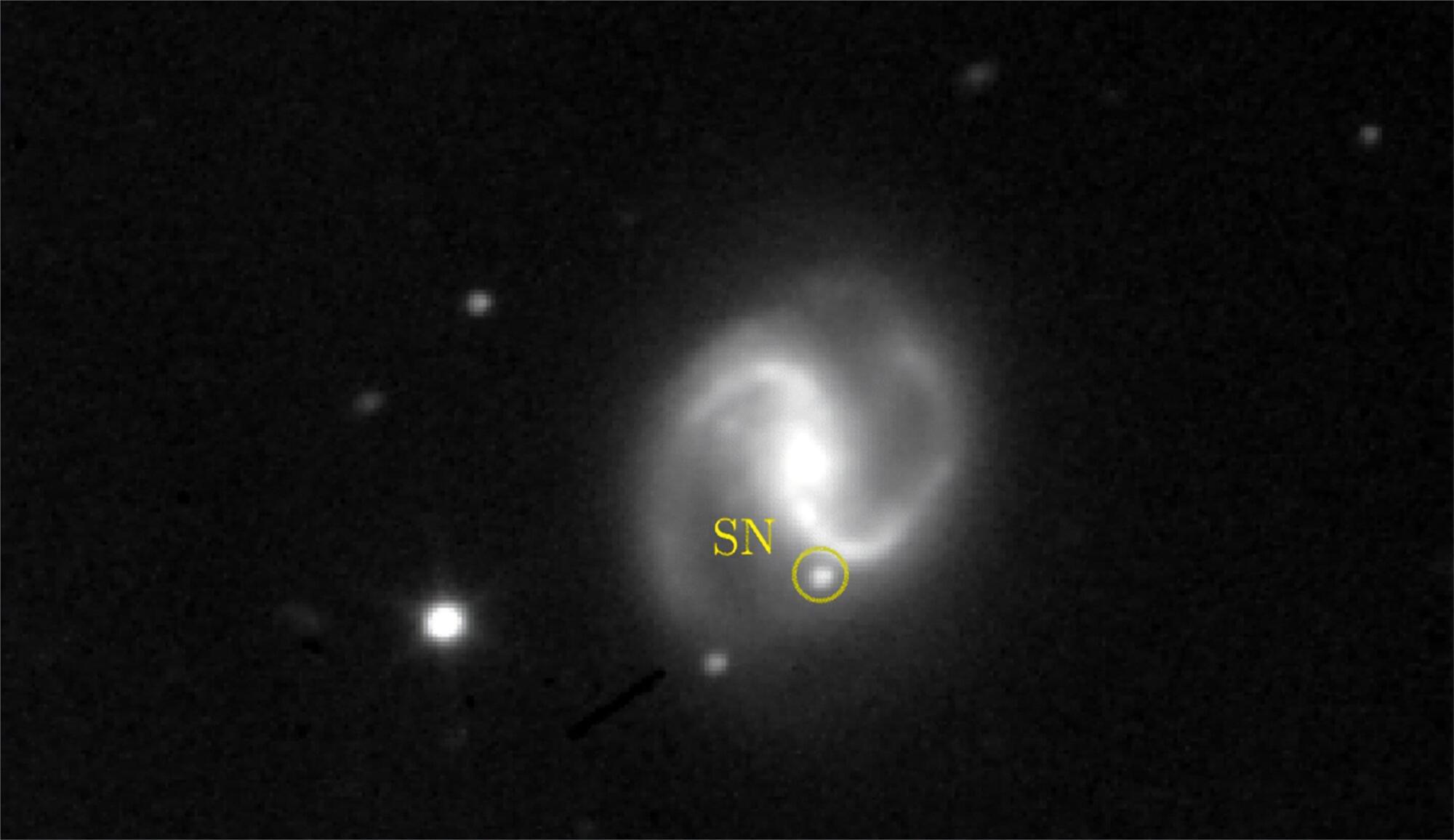“They shine thanks to nuclear fusion in their cores, but once the star has burned through progressively heavier atoms—right up to the point where further fusion no longer yields energy—the core collapses. At that point, the star collapses because gravity is no longer counterbalanced; the rapid contraction raises the internal pressure dramatically and triggers the explosion.”
The first hours and days after the blast preserve direct clues to the progenitor system—information that helps distinguish competing explosion models, estimate critical parameters, and study the local environment. “The sooner we see them, the better,” Galbany notes.
Historically, obtaining such early data was difficult because most supernovae were discovered days or weeks after the explosion. Modern wide-field, high-cadence surveys—covering large swaths of sky and revisiting them frequently—are changing that picture and allowing discoveries within mere hours or days.
